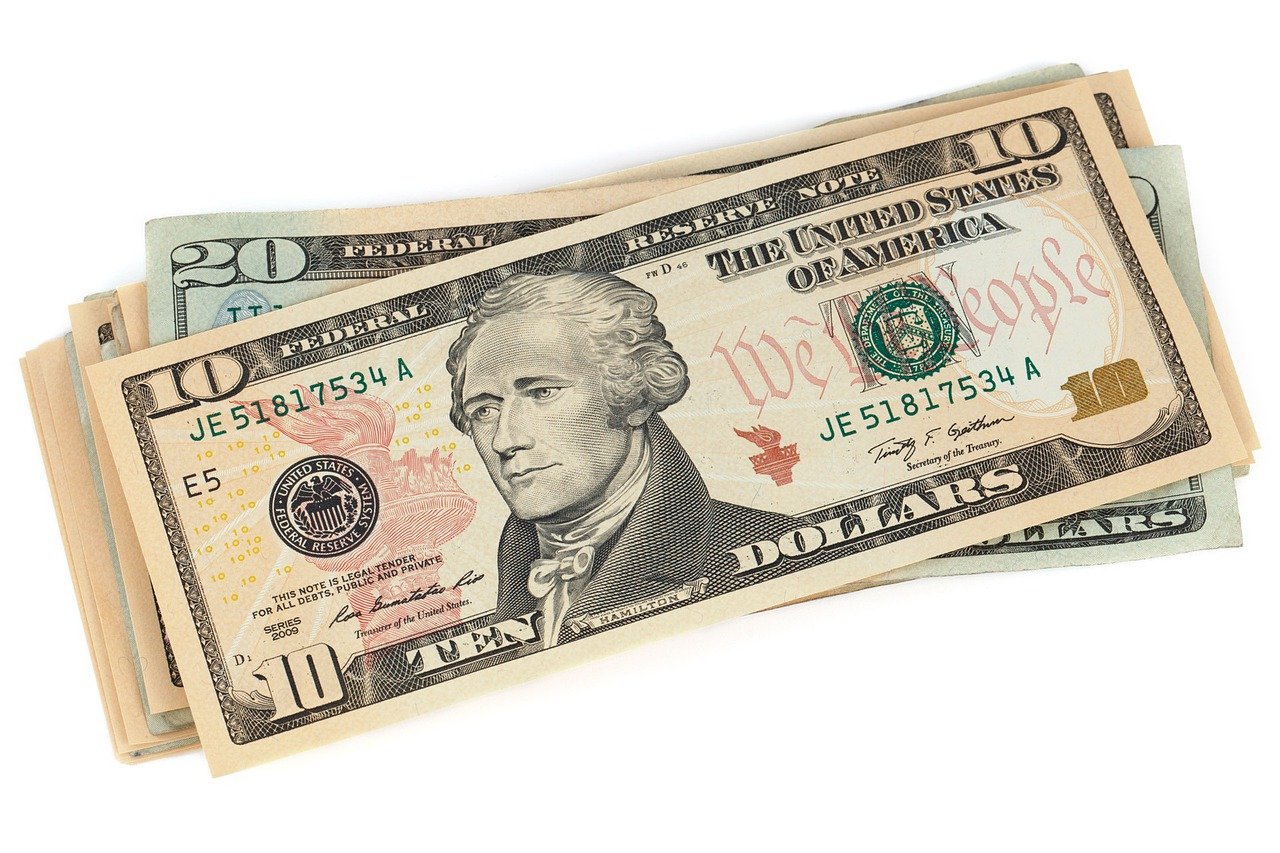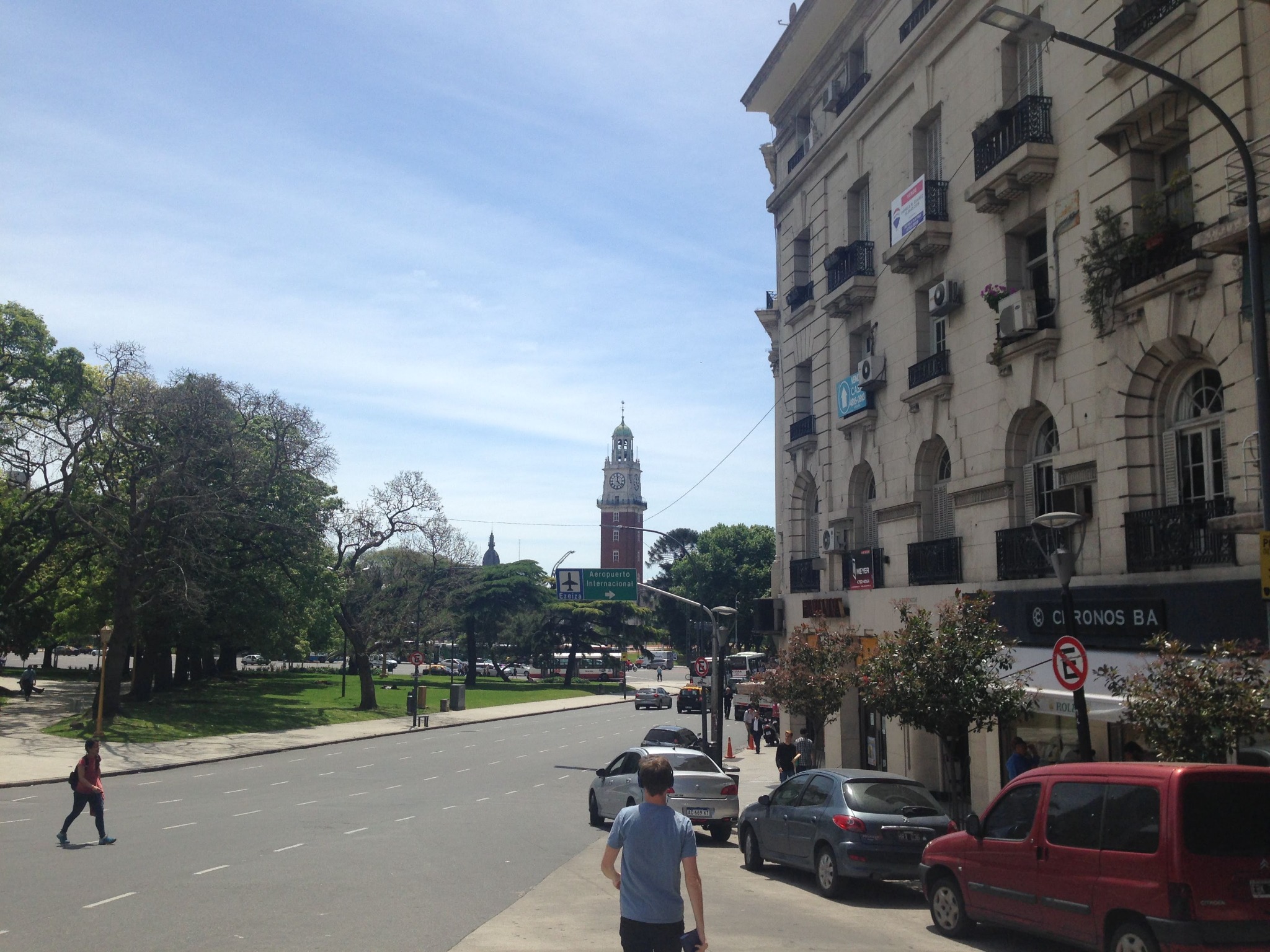Getting Pesos Off Your Back
The persistent devaluation of the Argentine peso threatens prosperity and trust but is not a preordained result
As of July 2022, the value of the Argentine peso is in such serious decline – provoking an inflation rate of over 60 percent annually – that people are trying to spend their pesos as soon as they receive them, or, as expressed in Spanish, sacándose los pesos de encima (loosely translated as “getting the pesos off their backs” before the pesos devalue). Some appliance stores have run out of stock due to high demand. The notion flips on the head traditional notions that praise saving and frown upon excessive consumption. The need to get pesos off one’s back and the crazy culture of consumption it has provoked are reflections of decades of choices made by Argentina’s government that has led to a highly unstable currency with little hope of a quick improvement.
One main reason for the peso’s decline is the lack of dollars held in the country. The dollar is the world’s reserve currency used to purchase imported goods and make payments on the government’s foreign debt (meaning money owed to foreign institutions). Argentina has a perpetually high foreign debt which means a significant portion of the dollars it does have are dedicated to servicing this debt. To get dollars, Argentina needs to export products. However, the country’s only significant exports are cereals and meat. The lack of industrial and technological exports is a sign of its poorly developed national industry which means it must import significant amounts of technology and industrial equipment. Indeed, as of 2021 Argentina was importing about the same value of products as it was importing. Argentina thus spends the dollars it makes just on imported goods for consumption, not to speak of what it needs for its debt.
Why does Argentina have a poorly developed national industry? In the second half of the 20th century the country pursued a policy known as Import Substitution Industrialization (or ISI) where, instead of allowing imports to compete with domestic manufactures, domestic manufactures were given a privileged position. This gave a privileged position to certain industries, protecting them from competition which in turn meant that Argentina’s companies did not have to innovate and could not be competitive internationally. While ISI is no longer an official policy, its legacy remains. (Some have argued that ISI provided well paying manufacturing jobs to large segments of the population; while true over a number of decades, over the long term it did fail to develop the international competitiveness of Argentina.)
To this day, Argentina maintains significant tariffs which protect its domestic industries from higher quality imports because, through tariffs on higher quality imports, the poorer quality domestic industries maintain a price advantage. Their poorer quality, however, means they are not competitive internationally and thus not a source of dollars for the country. Moreover, in the last 20 years Argentine companies have seriously underinvested in business development with an investment rate of between around 10 and 11 percent.
Consider how many Argentine technology or industrial firms you can name. Compare this to South Korea, whose government in the 1960s forced all companies that received state subsidies to export to force innovation. The result is world-class companies like Samsung, LG and Hyundai. As a way out of Argentina’s lack of dollars and poor economic performances, a strong industrial policy focused on exports is essential.
Even for the dollars that Argentina does earn, there is evidence that companies and individuals keep their dollars outside the country further depriving the country of needed dollars. The lack of dollars has led the government to control how many dollars one can buy a month which further drives up the price of dollars.
Argentina currently has six different exchange rates for dollars, most of which are unofficial. (Yes, six.) You would get the official rate if you used your foreign ATM card in Argentina to withdraw pesos. This official rate is significantly lower than the major unofficial rate (called ‘dollar blue’), meaning fewer pesos buy more dollars. However, in order to control its precious supply of dollars, the government only allows each Argentine to exchange a couple hundred dollars a month at the official rate. As such, the unofficial street rate is more expensive but, if one has dollars, at least one has a stable currency.
Many Argentine businesses use the dollar to set prices in pesos. In other words, the peso amount a business will charge varies based on the peso-dollar exchange rate. On restaurant menus, prices are often written in pencil given they change so frequently as the exchange rate fluctuates. An innkeeper in Patagonia told me he constantly increases what he charges in pesos so that he receives the same dollar value. His costs and profits are calculated in dollars because it is stable and also because his debt is in dollars. The innkeeper borrowed a large sum of dollars from family to start his business. Dollarized debt ensures a lower, fixed interest rate and a more stable value for the lender.

A software business owner working on the international market who lives near the Chilean border, who needs dollars for contracts and to pay employees, frequently must travel to Chile to buy dollars after he goes over the monthly government imposed limit. Traveling to Chile is more economical than buying dollars at the inflated ‘blue dollar’ rate.
If Argentina thinks in dollars but deals in pesos, would getting rid of the peso be more efficient? The innkeeper, software business owner and many economists all agree. Ecuador, El Salvador and Panama do not have a national currency and only use dollars so there is strong regional precedent for such a move.
Others argue that without its own currency Argentina would lose its independence. A country without a currency is no longer a country, I heard from multiple Argentines. It is a matter of national pride and essence. Moreover, from an economic perspective, without a currency you cannot devalue to help exports and lose control over monetary policy (such as the overall quantity of currency in circulation). The question is whether the peso is simply too broken to salvage and too great a headache to the nation.
Modern currencies are based on trust and confidence as they are no longer backed by gold. As such, they are called ‘fiat currencies’ – fiat meaning faith or trust. The U.S. dollar, yen, euro, among other currencies, are stable because there is trust in the currencies and, by extension, the central banks that issue the currencies, the economies that use the currencies and the governments that use the currencies for transactions and taxation.
It is clear that the Argentine peso is not trusted to hold value, meaning many people seek to store monetary value in dollars or durable goods. Low trust in the currency of a nation – a reflection of low trust in the economy of the nation – also means businesses (both national and international) are less likely to invest. Less investment means less economic growth, further weakening the national economy. It is a vicious cycle.
Another vicious cycle is the brain drain. Due to economic insecurity resulting from inflation and a depreciating currency, many young well-educated Argentines leave the country to work in North America or Europe. Others stay in Argentina but work for foreign companies and get paid in foreign currency in foreign bank accounts, hiding their money from the Argentine government and its tax collectors. Both situations present a significant obstacle to the development of a strong, advanced economy.
Fortunately for Argentina, studies show that Argentines generally trust each other on a personal level even if they do not trust their institutions and the people in those institutions (companies, the government, and of course the currency). The fact there is such low trust in institutions means people must lean on their neighbors, friends and family – and they do.
In addition, Argentina has been economically strong in the past. A century ago, it was one of the wealthiest countries in the world. Moreover, in the 1990s there was higher business investment and consistent economic growth. In addition, in the 1990s there was relative price stability and the peso maintained its value relative to the dollar.
As such, there is nothing preordained about the future and the country possesses undeniable assets. Indeed, going back to the example of South Korea we see that good choices by a government can have a dramatic positive impact (just as bad choices have negative impacts). The challenges are great but not insurmountable. Trusting that it can happen is the first step in building back trust in the currency, economy and the country as a whole.

